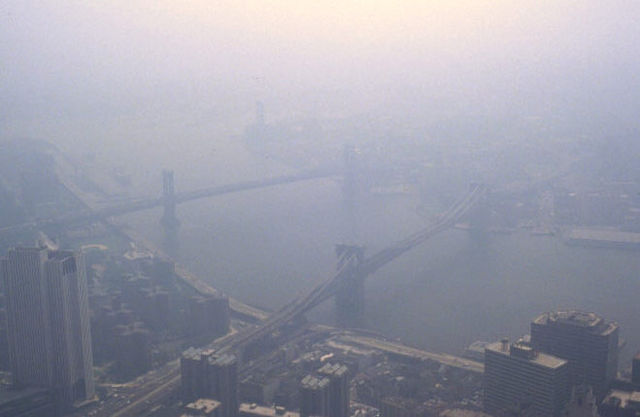United States vehicle emission standards
United States vehicle emission standards are set through a combination of legislative mandates enacted by Congress through Clean Air Act (CAA) amendments from 1970 onwards, and executive regulations managed nationally by the Environmental Protection Agency (EPA), and more recently along with the National Highway Traffic Safety Administration (NHTSA). These standard cover common motor vehicle air pollution, including carbon monoxide, nitrogen oxides, and particulate emissions, and newer versions have incorporated fuel economy standards.
Smog in the Los Angeles valley in 1972
All electric/battery cars, like those of Tesla, are considered zero-emissions vehicles (ZEV) under California's ZEV mandate.
Non-road engines include railway locomotives like this EMD GP38 modified to meet Tier 4 standards.
A representative dynamometer-based emissions test station
Exhaust gas or flue gas is emitted as a result of the combustion of fuels such as natural gas, gasoline (petrol), diesel fuel, fuel oil, biodiesel blends, or coal. According to the type of engine, it is discharged into the atmosphere through an exhaust pipe, flue gas stack, or propelling nozzle. It often disperses downwind in a pattern called an exhaust plume.
Steam from tailpipe of cold car
Automobile exhaust
What looks like exhaust from jet engines is actually contrail.
Smog in New York City as viewed from the World Trade Center in 1988








